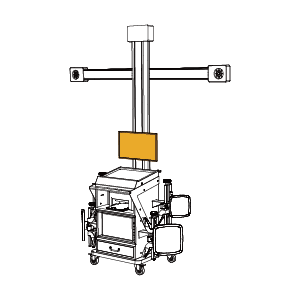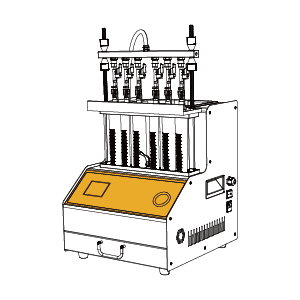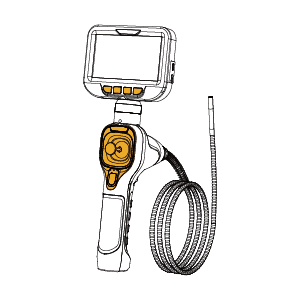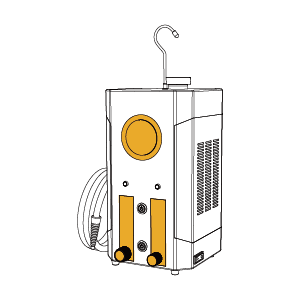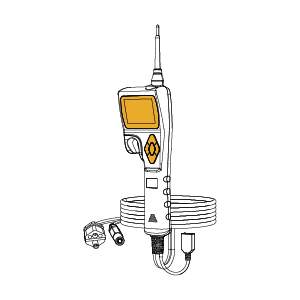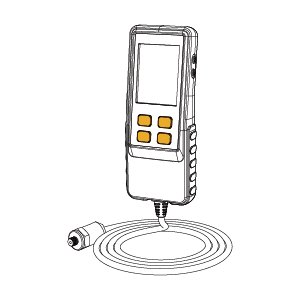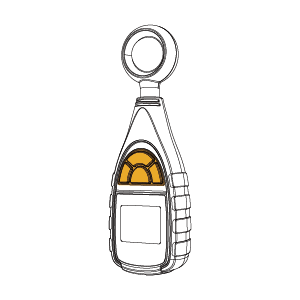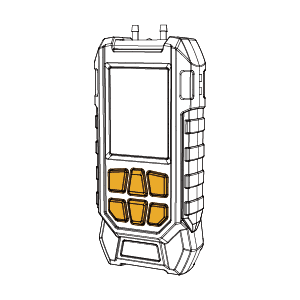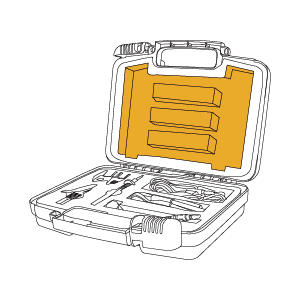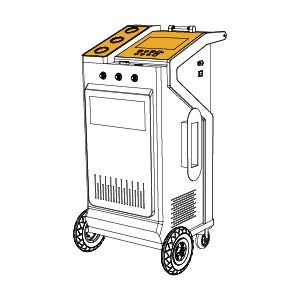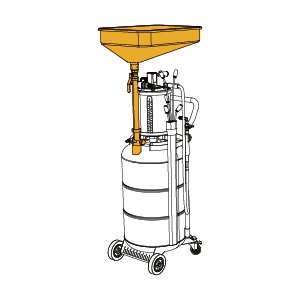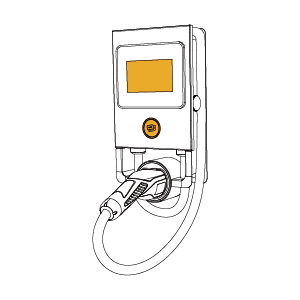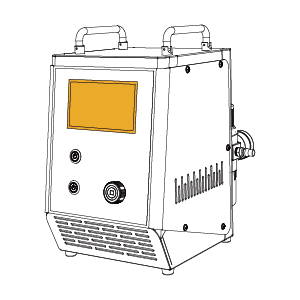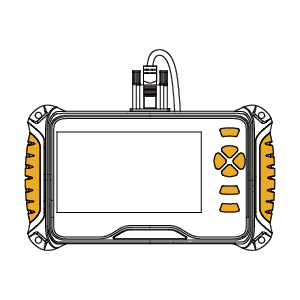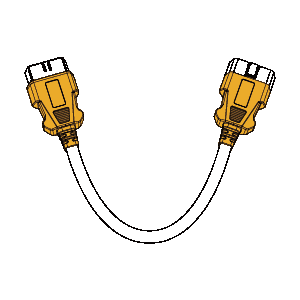Tips & Tutorials, Uncategorized
Why Are Spark Plugs Replaced in Sets of Four?
When one spark plug fails, is it acceptable to just replace the faulty one? In fact, automotive repair experts often recommend replacing all four spark plugs at once, rather than just the faulty one. In this article, we will explore why replacing spark plugs in sets is the best practice, and what potential issues may arise when replacing only one spark plug.
Can You Replace Just One Spark Plug?
Theoretically, it’s possible to replace just one spark plug, especially if the other spark plugs are functioning properly. However, replacing only one spark plug could cause several potential problems, which is why many auto repair professionals suggest replacing all spark plugs at once.
Inconsistent Performance
Even if the spark plugs are from the same brand and model, the performance differences between new and old spark plugs can impact the overall engine performance. As spark plugs wear over time, the electrodes gradually degrade, causing the electrode gap to widen. This leads to changes in ignition energy and timing. If you only replace one spark plug, the difference between the new and old spark plugs could cause unstable ignition, resulting in issues such as uneven power output, increased fuel consumption, and potential misfires.
Imbalanced Ignition System
Modern vehicle engines are typically multi-cylinder, with spark plugs in each cylinder. To ensure smooth engine operation, the spark plugs in each cylinder must maintain similar ignition performance. Replacing just one spark plug could disrupt the balance of the ignition system, causing the engine to run unevenly. Even the smallest difference can impact the vehicle’s performance, particularly in terms of acceleration and engine smoothness.
Other Spark Plugs Are Likely Near the End of Their Life
The lifespan of spark plugs is relatively consistent, especially for spark plugs manufactured in the same batch. If one spark plug is already failing, the others are likely close to the end of their lifespan as well. Therefore, it’s recommended to replace all the spark plugs at once to avoid further issues down the road and to prevent the hassle of repeated repairs.
Why Replace Spark Plugs in Sets?
Saving Labor Costs
The largest portion of the cost associated with spark plug replacement usually comes from the labor fees paid to the mechanic. Modern cars have increasingly compact engine compartments, and mechanics often have to remove plastic covers or other components to access the spark plugs. To replace the spark plugs, the mechanic needs to remove these parts, locate, and access the spark plugs. This process can take quite a bit of time and effort.
If you’re already paying for this labor, why not replace all the spark plugs at once? Spark plugs themselves are relatively inexpensive components, and replacing all of them at once not only ensures the ignition system remains balanced, but it also saves you the cost of repeat repairs and the time spent revisiting the mechanic.
Preventing Future Failures
As mentioned earlier, spark plugs tend to age at a similar rate. By replacing all spark plugs at once, you can avoid facing another spark plug failure in the near future. Replacing just one spark plug could lead to others failing soon after, resulting in increased maintenance frequency and costs.
Improving Engine Efficiency
If your car has been driven for a while, the performance of your spark plugs may decrease, leading to incomplete ignition and increased fuel consumption. By replacing spark plugs in sets, you can restore engine performance, improve fuel efficiency, and reduce emissions. Using high-quality spark plugs, such as iridium or platinum plugs, can significantly improve engine stability and power output, reducing the overall load on the car.
When Can You Replace Just One Spark Plug?
While it is generally recommended to replace spark plugs in sets, there are some specific cases where replacing just one spark plug may be acceptable:
If the Spark Plug Has a Minor Issue
If only one spark plug is showing minor issues, such as carbon buildup or slight wear, and the other spark plugs are performing well, you might consider replacing just the faulty spark plug. However, this is relatively rare, and it usually requires a professional technician to assess and diagnose the issue.
If the Car is Relatively New and Other Spark Plugs Are Still in Good Condition
If your vehicle is just slightly overdue for a maintenance service and the other spark plugs are still in good condition, you could opt to replace only the problematic spark plug. However, it’s crucial that the new spark plug matches the old ones to prevent performance discrepancies.
Temporary Solution for Budget Constraints
In some rare cases, if the budget is limited and you need to quickly repair your vehicle, you might consider replacing just one spark plug. However, this should not be seen as a long-term solution. The remaining spark plugs will need to be replaced soon to restore the engine’s proper performance.
Conclusion
Replacing spark plugs is a critical step in maintaining a smooth-running engine and minimizing potential issues. If only one spark plug fails, it’s generally better to replace all of them in sets. Doing so saves on labor costs, prevents future failures, and boosts engine efficiency and stability. Although there are instances when replacing just one spark plug is feasible, it is usually not the best choice, especially when the spark plugs are nearing the end of their lifespan.
👉 Contact our customer service today to learn more about the range of car repair services we offer and get expert advice!
Related Blog
- Spark Plug Tester-Everything You Need to Know
- Is My Car Battery Dead Or Discharged?
- Easily Solve Common Electronic Control System Issues



